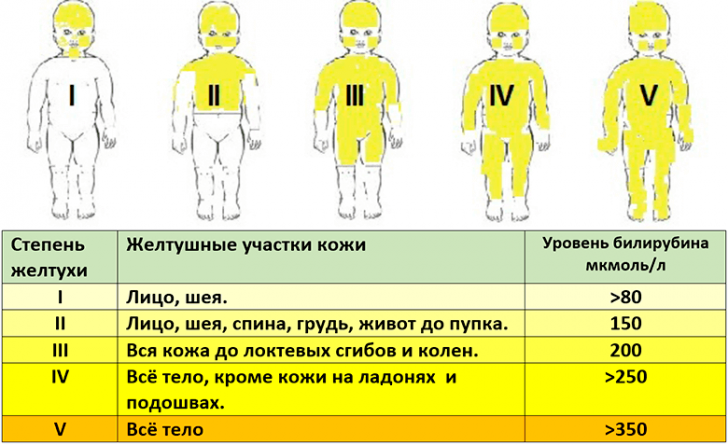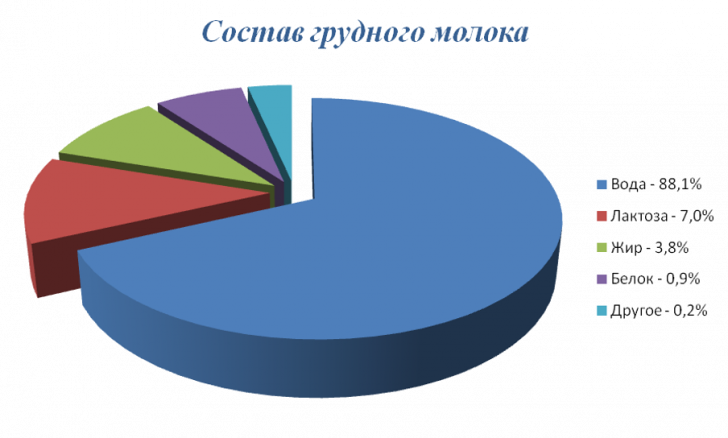Prophylaxis and treatment of rickets in children under one year of age

The role of vitamin D and calcium
The human body is an open biochemical system that supports active metabolism of drugs with the environment around them. The processes that take place inside the body are under strict genetic and biochemical control. No biochemical reaction will begin if there was no solution in the form of a special hormone, growth factor or other dietary supplements.
The growth and development of the bones of the body is controlled by vitamin D.
It is known that our bones are largely a mineralized texture, the bulk of which is made up of salts of phosphorus, calcium. Mineral salts give them hardness, resistance to compression, solid mechanical resistance.
The process of bone mineralization takes place with the integral participation and under the control of vitamin D. This vitamin integrates the region. Calcium-phosphorus metabolism into a common closed system that maintains in the body the level of calcium necessary for the normal rise and formation of the skeleton.
Key results of vitamin D are:
- Bone mineralization
- Increasing calcium absorption from the intestinal tract - calcium intake from food
- Increasing calcium absorption back through the kidneys and releasing phosphorus - reduces calcium loss through urine and keeps the calcium balance with phosphorus.
In conclusion, I must say that calcium is not only the mineral base of bones and teeth, but also the chief arbiter of an uncountable number of biochemical reactions, also an indispensable component of the neuromuscular system.
The root causes of rickets suggest ways to prevent it. The main cause of rickets is the lack of vitamin D. The lack of vitamin D leads to a decrease in absorbed calcium at the level of the intestinal tract and increases its loss with urine.
Prevention of rickets in children
Rickets has nothing to do with the number of critically unsafe diseases. It is from rickets that nobody dies. Direct results of rickets, although not critical, are still difficult and irreversible. Children suffering from rickets, have the risk of remaining permanently disabled, significantly more sick with infectious diseases, worse educated. Nowadays a series of advice has been developed, concerning the prevention of rickets in young children.
Prevention of rickets should begin long before the birth of the baby and hold it until adolescence.
Prevention of rickets in the baby includes the following:
- Constant monitoring of the pregnant lady by Dr.
- Walking outdoors, preferably in sunny weather
- Healthy eating - allows to ensure the normal course of pregnancy and the formation of the fetus.
Prevention of rickets in a newborn baby
Prevention of rickets in newborn babies is recommended starting from the first days of life. The first 3 weeks, while there is enough vitamin D in the body of the baby, accumulated during the final trimester of pregnancy, non-specific prophylaxis is recommended:
- Breastfeeding or the selection of specialized adapted mixtures - it works as a source of natural vitamin D or its synthetic analogues that come with food. Feeding with the greatest number of vegetable carbohydrates( for example, semolina) has phytic acid, which binds calcium, which can worsen the course of rickets, so that unadapted food mixtures in feeding the baby are much better not to use.
- Gymnastics, massage, hardening, air baths - help the child develop well and stimulate the development of the musculoskeletal system.
- It is recommended to start vitamin D intake from 3-4 weeks of age.
- Donated healthy children with the least risk of developing rickets can take 500 IU per day in both winter and summer.
- Children with an increased risk of becoming rickets( premature babies, often uncomfortable babies), vitamin D is prescribed in a dose of 1000 IU.
- In preterm infants, prevention of rickets with vitamin D products must be approved with a pediatrician.
Treatment of rickets
Rickets are treated with certain indicators of the disease. In addition to general strengthening and nonspecific measures( hardening, solar and air baths), treatment of rickets involves the intake of the greatest doses of vitamin D. Treatment of rickets with large doses of vitamin D should be done only under the supervision of a doctor, so if you suspect rickets, consult a doctor immediately. The dose of vitamin D for treatment of rickets in infants and older children, the duration of treatment depends on the severity of the disease. Traditionally, for the treatment of rickets of small severity, doses ranging from 2000 to 5000 IU per day are used.
The choice of the substance of vitamin D
Nowadays there are many different substances of vitamin D. For the treatment and prevention of rickets, it is more expedient to take medicines that have only vitamin D, which allows controlling the dose of the substance, which is extremely important for treatment.
Note
Prevention of rickets must necessarily be carried out in the first years of life of the baby.
Full-grown, healthy babies are required to receive 500 DU of vitamin D daily, at least for 2-3 years, and in some cases up to 10-14 years.
Preterm infants or children with an increased risk of developing rickets are required to receive doses of vitamin D prescribed by a physician.



